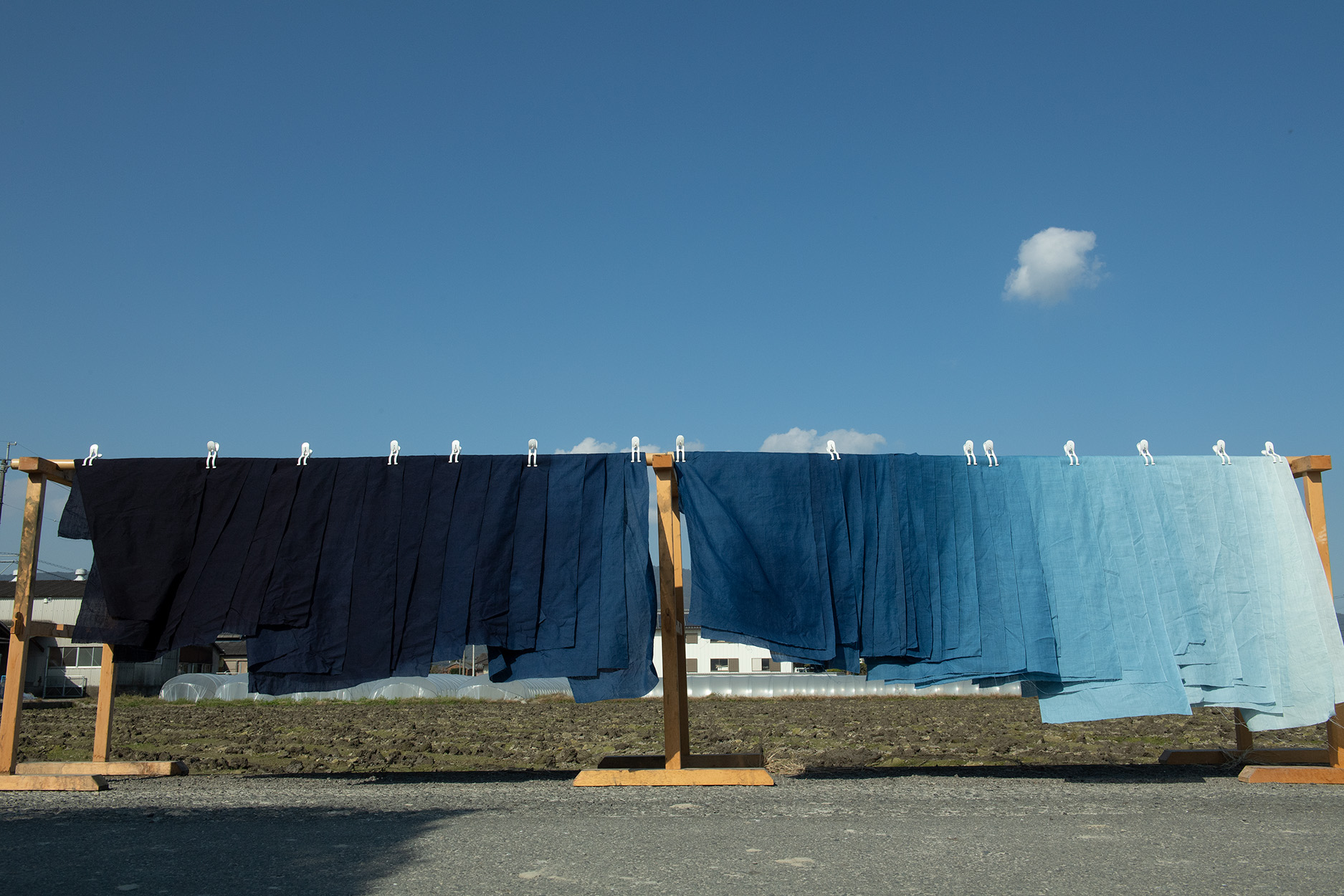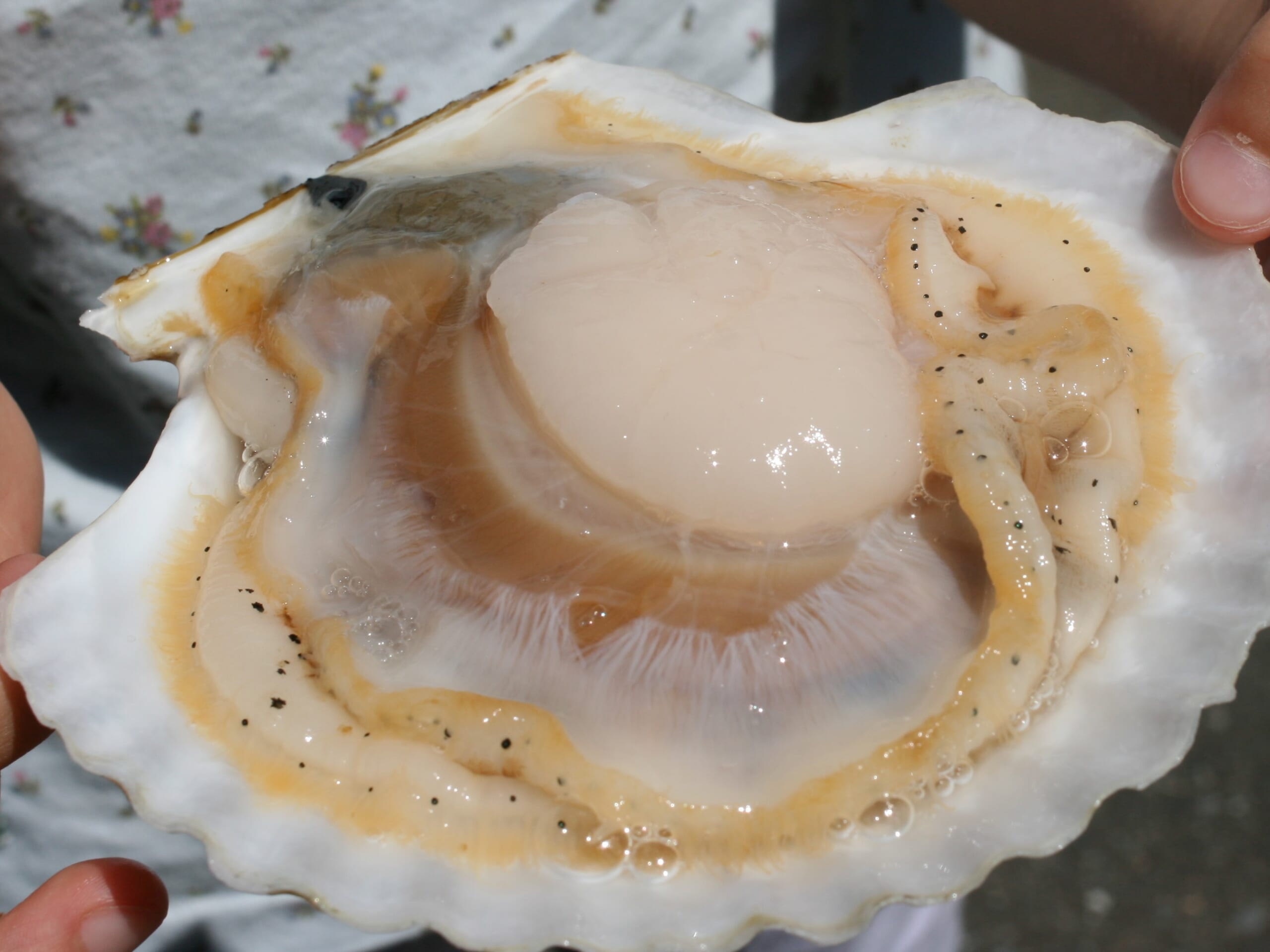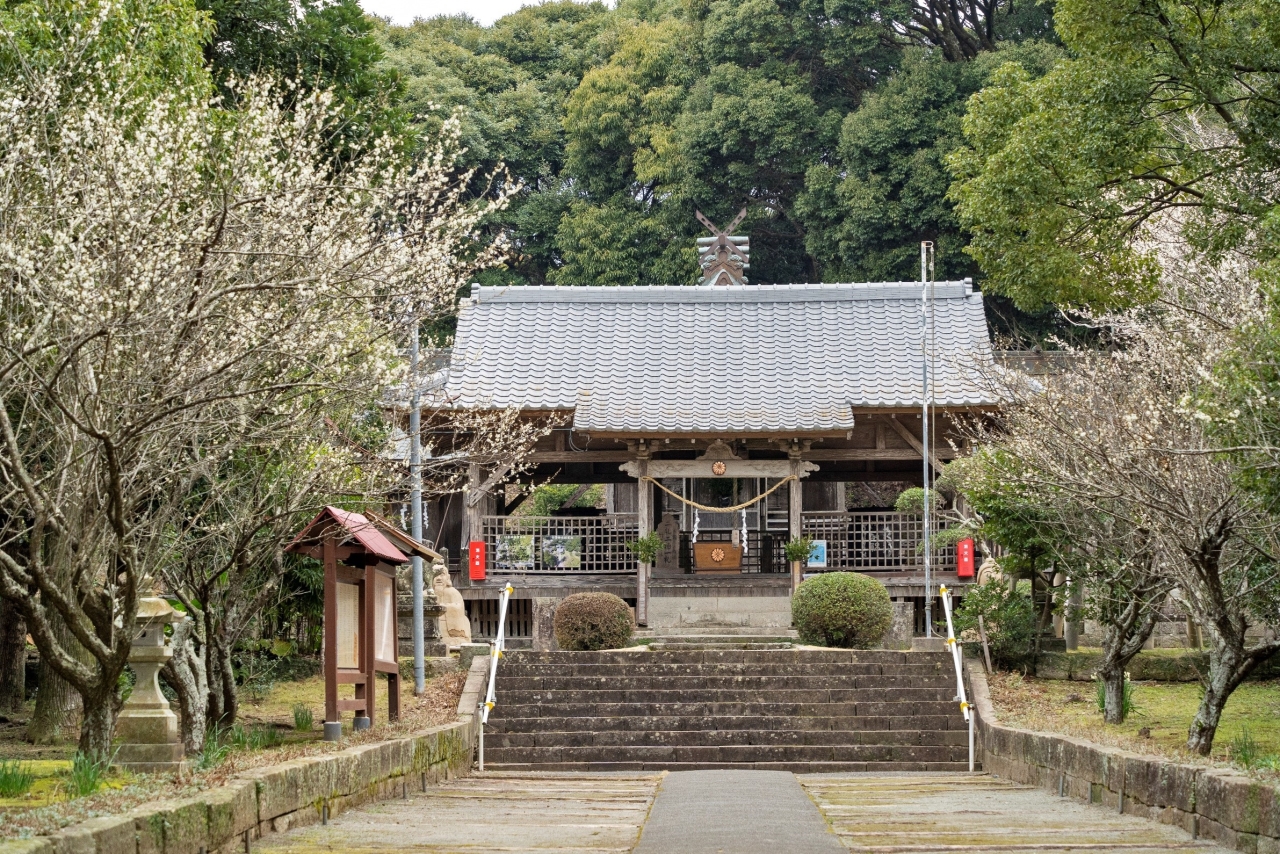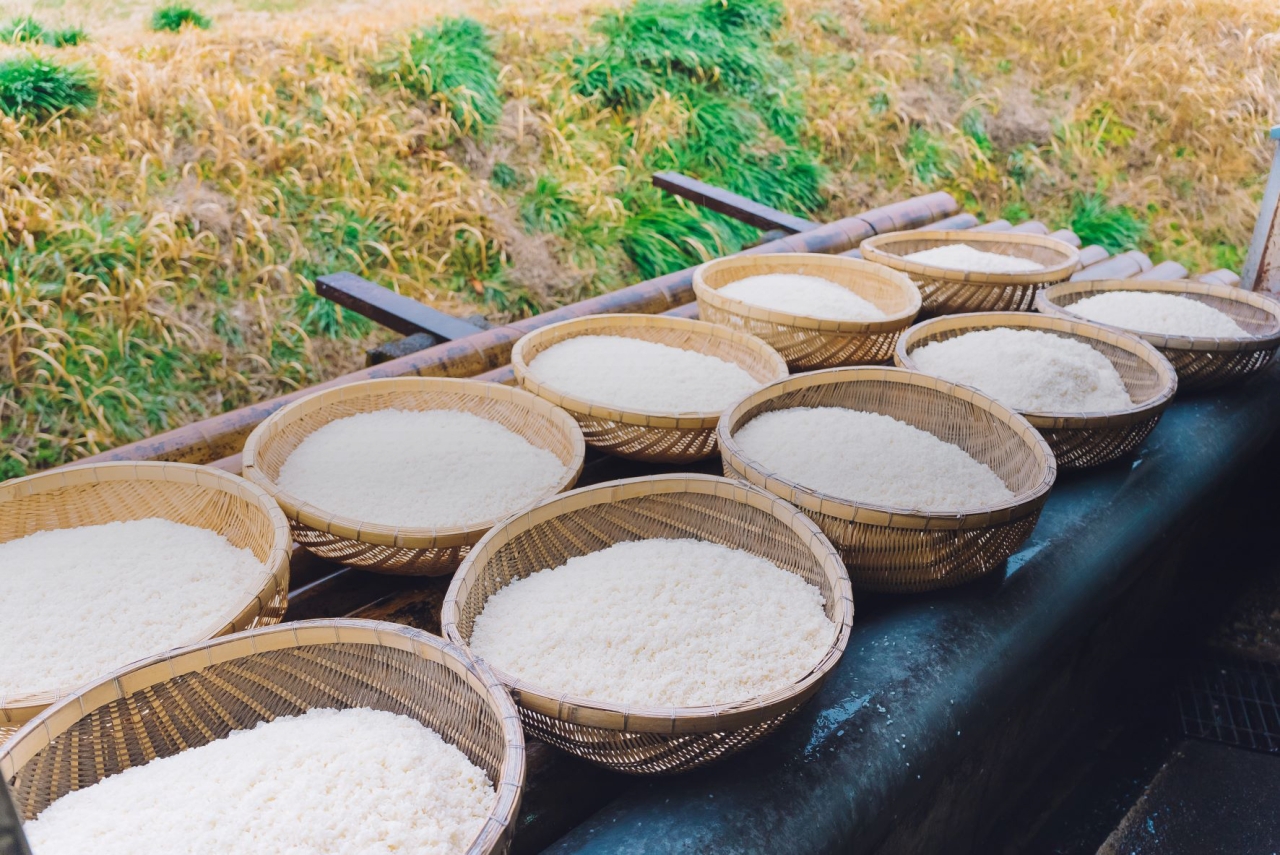
Become a Kurabito. Enhancing the Value of Japanese Sake through a New Form of Sake Brewery Tourism
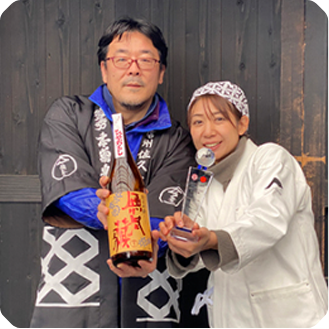
Marika Tazawa and Taira Ide
President of KURABITO STAY, inc. / President of Kitsukura Shuzo Co., Ltd.
Reorganizing a Former Kurabito Lodging from the Edo Period to Create the World’s Only Kurabito Experience Program
KURABITO STAY and Kitsukura Shuzo have teamed up to offer a completely new sake tourism program within the grounds of a 330-year-old sake brewery. This new program enables visitors to stay at a renovated, century-old lodging that was used by former kurabito, or sake brewers, at the Kitsukura Shuzo sake brewery in Saku, Nagano Prefecture. In addition to enjoying locally produced sake and delicious local dishes during their stay, guests can take part in the sake brewing process. It is an activity that fans of Japanese sake will want to experience at least once. Held on weekends only, since its launch in March 2020, the special program has been so popular among guests that some have even come back for more. KURABITO STAY, Inc. is the company responsible for developing and running the program. President Marika Tazawa’s aim is to boost sake-related tourism, engage in new branding activities for sake breweries, and promote tourism that brings joy to everyone involved.
Chapter.01 “I Wanted to Be Able to Work at the Same Time as Raising my Child.” A New Business Model That Also Contributes to Regional Revitalization
Marika Tazawa, president of KURABITO STAY, is originally from Komoro, the next city over from Saku in Nagano Prefecture. After graduating from university, Tazawa joined a major travel company where she built up a career as a tourism professional by planning, arranging, and accompanying travel tours mainly to Europe. She later worked in sales at a wine importing company, before getting married, having a child, and temporarily retired. Although she planned on returning to work when her child turned one, she was faced with the reality that she could not enroll her child into nursery school.
Tazawa says, “After seeing a society that could not cater to women who wanted to work and raise their children at the same time, I knew I had to do something. I realized then that I wanted to create an environment and workplace where women could utilize their skills and work happily even while being mothers.” At around this time, it was decided that a destination management organization (DMO), a type of tourism agency that aims to revitalize local regions through the creation of sightseeing areas, would be set up in Komoro, and due to her previous experience, Tazawa was selected to work as part of the DMO team.
As she interacted with local regions and planned tours and experience programs as part of the DMO team, one thing that troubled her was about the strengths of these regions. What original and unique elements of these regions could be branded? This thought process led her to Japanese sake. On a previous work visit to France, Tazawa was asked, “When you have such a fantastic traditional culture in sake, why don’t you take more pride in it like we do with our wine?” This helped her to realize that perhaps Japan had lost touch with the importance of valuing its identity.
Tazawa’s thought process continued to develop even further: “This region has been brewing sake for more than 350 years. Sake had been growing in popularity worldwide, and the government had been offering more financial support to help attract inbound tourists to sake-producing areas. Meanwhile, although brewery tours were available nationwide, there was no place that allowed visitors to stay overnight and experience becoming a real kurabito, helping to brew actual sake for the brewery to sell. I knew this was an opportunity to create a world-first, entirely new form of sake tourism.”
In 2019, Tazawa gave a presentation on her idea in front of 2,000 people at a business contest known as the Everyone’s Dream Awards , brilliantly winning the Grand Prix as a result. In March 2020, she launched KURABITO STAY.
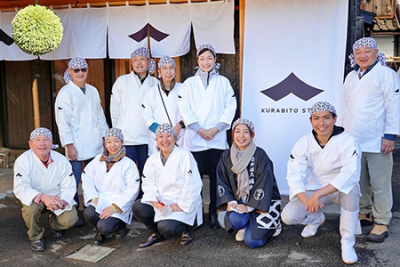
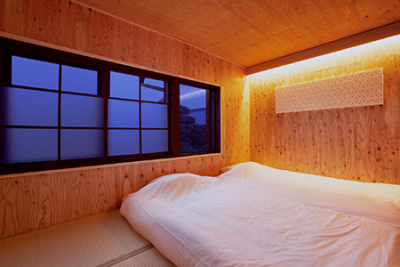
Chapter.02 Creating a Form of Tourism That Brings Happiness to Both Participants and Workers
Offering its facilities for this new venture was Kitsukura Shuzo, a brewery in Saku with a history of over 330 years. Tazawa knew Taira Ide, president of Kitsukura Shuzo, from her time at the Komoro Tourism Agency, and even after leaving the agency had continued to build a working relationship with him by helping with brewery management. Tazawa told Ide of her proposal, and he willingly accepted. As a result, a 100-year-old building at Kitsukura Shuzo, which was used as a kurabito lodging until just twenty years ago, became the hub for KURABITO STAY.
Ide laughs as he says, “Of course, I was worried about whether the idea would be a success.”
“That said, demand in the sake industry had been on a decline since its peak around 50 years ago, and there was a certain sense of crisis. I backed the idea as I knew it would benefit the brewery, local restaurants, and locals themselves as we could aim to attract more people. I was also in full support of Tazawa’s vision. ”
Tazawa spent around 20 million yen to renovate the lodging. On the first floor, she created a round living room table using an actual lid from a wooden barrel, creating a place where lodgers could gather during their stay. The guestrooms on the second floor, meanwhile, were intentionally given a simple design to allow guests to immerse themselves into the sake brewing process like real brewers.
For a two-night, three-day program, the total cost including meals is 79,800yen (tax included). This price point is also something Tazawa is passionate about.
“When I worked at the travel company, it was a time of high deflation. There was huge competition among travel companies to reduce prices, and as a result tour costs fell drastically. One product I remember most was the incredibly cheap offer of five nights in Paris for 50,000 yen. Of course, the fall in prices goes hand in hand with a drop in quality. Not all customers agree with the ‘you get what you pay for’ concept. Complaints will increase, and staff on the frontlines will be exhausted. In the worst case scenarios, even travel safety would be at risk. I strongly believed that if the situation continued, everyone involved would end up unhappy. This is why our brand concept is not to attract 100 people for one-hour stays, but to meet even just one person who is happy to stay for 100 hours. ”
KURABITO STAY became the only experience of its type, and reservations were quickly filled by those who wanted to learn more about the world of sake. The age of participants varies widely and includes those in their 20s to those in their 70s and above. Another noticeable characteristic is the number of women who participate alone.

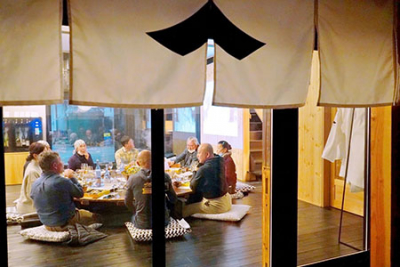
Chapter.03 An Unconventional Form of Experience-based Tourism That Helped to Improve Sake Quality
The main program of sake-brewing is authentic. Under the guidance of President Ide and chief brewer Yoshimasa Inoue, guests participate in the brewing process for sake, sparkling sake, and koji-based amazake, all of which are to be sold by the brewery for consumption. Although the processes which guests can join differ by season, none of them are easy. Despite this, a post-program questionnaire (on a seven-point scale) has shown a 100% satisfaction rate.
“Scooping and carrying the steamed rice, for example, is like heavy labor. But participants join the program because they want to do this kind of work. The brewery often feels sorry for receiving money from participants doing the work, but the participants just want to do more!” says Tazawa. From her unique female perspective, Tazawa also came up with the idea to link the brewery and the lodging through a glass window. This has helped to bring brewery workers and tour participants closer together, while also allowing guests to experience the late-night ambience of the brewery. On occasion, President Ide joins the participants as they sit around the table enjoying delicious local sake. Not only does this help to foster closer relationships, it also brings together the passion that each has for the future possibilities of sake.
The program has not only been great for participants, but it has also had hugely positive effects for the brewery.
According to President Ide, “At first, there was of course some confusion among our employees. However, with tour participants watching, we have all become much more careful with tasks that had perhaps been undertaken somewhat perfunctory previously. Actually meeting our customers has also sparked a desire to create even better products. Since the program began, our sake has improved in quality, and we’ve even won some awards.”
Currently, KURABITO STAY is predominantly held on weekends. In addition to Tazawa, four other local employees are central to KURABITO STAY. All work together to manage the operation, with each making use of their individual skills, whether its cleaning of the lodging, cooking breakfasts with local ingredients and fermented foods, or English interpreting. In this way, Tazawa has facilitated exactly the type of workstyle she was hoping to achieve—enabling these women to raise their children, value their own lives and the lives of their families, and engage in productive work over a short space of time to earn a living.
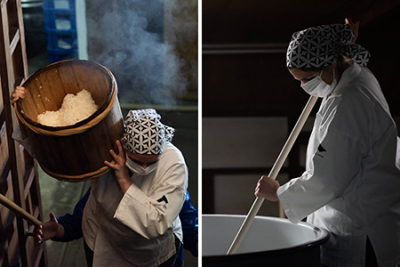
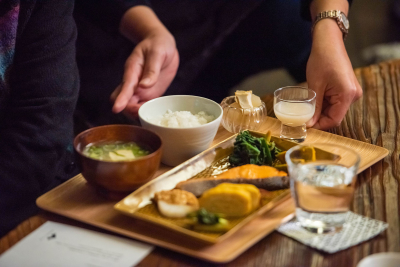
Tazawa’s aim is to bring a wider range of local stakeholders on board, and spread this new type of sake tourism throughout Nagano and the rest of Japan. Enjoying the nature in summer and sake brewing in winter is something unique to Nagano.
“Many brewery owners in Japan are craftsmen more than managers, and so they don’t proactively promote their company. However, in France, for example, wineries are passionate about tourism. With no intermediaries involved, they can take 100% of the profits from their consumers directly, and most importantly, they understand the benefits that experience-based tourism and the ensuing original product branding and promotions can bring to the company. ”
Created using a delicate brewing process that cannot be easily achieved, sake is a unique product. This initiative to popularize sake using tourism will no doubt prove to be a powerful means to improve the value and appeal of Japanese sake across the world.
Written by・Atsuo Ohki Edited by・Mariko Kita
Interview Date: Feb.7.2022
The content of this article is as of the interview date.
KURABITO STAY Information website: https://kurabitostay.com/en/about/
Kitsukura Shuzo Information website: https://kitsukura.co.jp/


